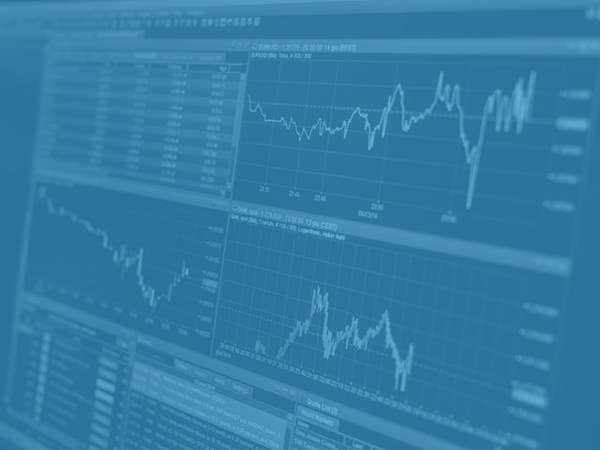Geo-political concerns have been a dominant feature in determining energy prices over the last 12 months, ensuring that the markets have remained volatile and less predictable. At times this has over-shadowed the market fundamentals, such as supply and demand factors, and as a result made it more difficult to assess fair value.

The decline in prices from last September was briefly halted after the Hamas-led attack on Israel on 7Th October. This resulted in a 24% increase in the price of gas for the coming winter over the following two weeks. To some extent this was a reaction to the potential for a wider escalation in the conflict, potentially threatening the supply of LNG* from Qatar, the world’s largest supplier.
As this threat subsided, gas prices resumed their downward trend, mainly as a result of another mild winter which reduced demand for gas and required less gas to be taken from storage. European gas storage is instrumental to the security of supply, providing an additional reserve in case of strong demand or supply disruptions. It typically covers 25-30% of gas consumed in the EU during winter, and is injected into storage during the summer months of low demand. The longer these stocks remain high during the winter months, the greater the security of supply for the remainder, tending to result in falling prices.
Prices reached their lowest levels in mid-February, at which point gas prices for the coming winter had fallen 52.5% from mid-October, with winter 25 prices down 38.5% from early September. From this point we have seen a reversal in the trend, with prices for both Winter 24 & Winter 25 having risen by approximately 50% at the time of writing. Initially this could be attributed to a reduction in supply, particularly of LNG, due to the low gas prices which made exports to Europe less attractive. To account for the significant curtailment in Russian gas supplies since 2022, Europe has become more reliant on LNG to meet demand, and refill gas storage during the summer months. Gas prices need to be at a level to attract cargoes and compete with Asia for supply. This helps to explain the initial reversal in the downward trend.
Since April, a combination of geo-political concerns have pushed prices to their highest levels of the year. The middle-east conflict continues to support the market, with a constant threat of escalation and disruption to LNG and oil supply. The Russia/Ukraine war has added to the supply concerns, with Russian targeting of Ukrainian energy infrastructure and gas storage sites. Ukraine has some of the largest gas storage capacity in Europe and damage could reduce their future availability. More recently, the Ukrainian excursion into Russia, and the occupation of the gas metering station in Sudzha through which Russian gas flows into Europe via Ukraine, has pushed pries higher. Although only approximately 4% of European gas depends on this pipeline, the threat to further supply adds risk to an already tight global gas market.
Further support to prices is likely to materialise during September when Norwegian gas imports into Europe are reduced as a result of maintenance. This is likely to limit any further injections into storage, but with EU levels already approaching 90% this shouldn’t be an issue, providing that the maintenance goes to plan and there are no unexpected delays.
Power prices have followed a similar trend over the last 12 months, and tend to follow gas prices because gas remains a major source of power generation.
*LNG
Liquified Natural Gas ( LNG) is methane, or methane mixed with ethane, cleansed of impurities and cooled to approximately -160C. This turns the gas into a liquid, which takes up 600 times less space and it is then shipped in tankers, like crude oil. At its destination, it is turned back into a gas and used, like any other natural gas, for heating, cooking and power.




